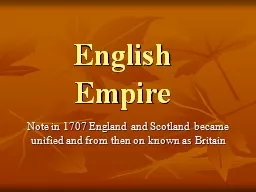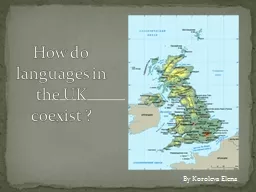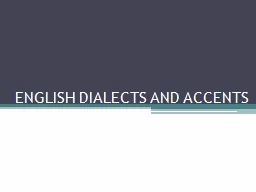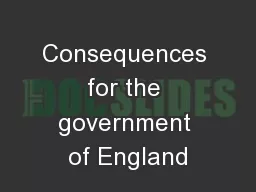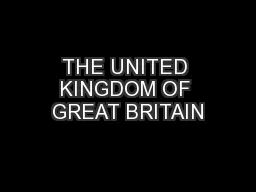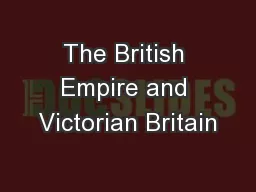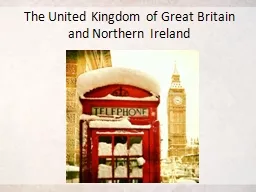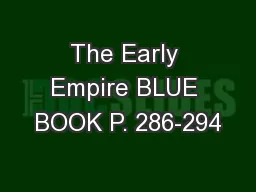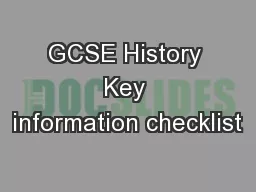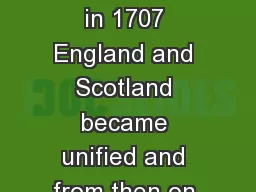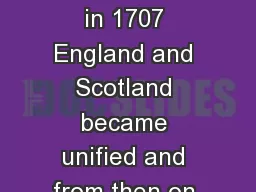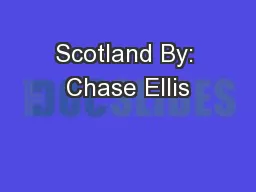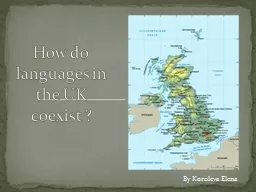PPT-English Empire Note in 1707 England and Scotland became unified and from then on known
Author : jane-oiler | Published Date : 2020-04-05
Role of England England weak politically and economically in comparison to Spain Henry VII sponsored John Cabots voyages to Canada 1497 lost interest when NW passage
Presentation Embed Code
Download Presentation
Download Presentation The PPT/PDF document " English Empire Note in 1707 England and..." is the property of its rightful owner. Permission is granted to download and print the materials on this website for personal, non-commercial use only, and to display it on your personal computer provided you do not modify the materials and that you retain all copyright notices contained in the materials. By downloading content from our website, you accept the terms of this agreement.
English Empire Note in 1707 England and Scotland became unified and from then on known: Transcript
Download Rules Of Document
" English Empire Note in 1707 England and Scotland became unified and from then on known"The content belongs to its owner. You may download and print it for personal use, without modification, and keep all copyright notices. By downloading, you agree to these terms.
Related Documents

